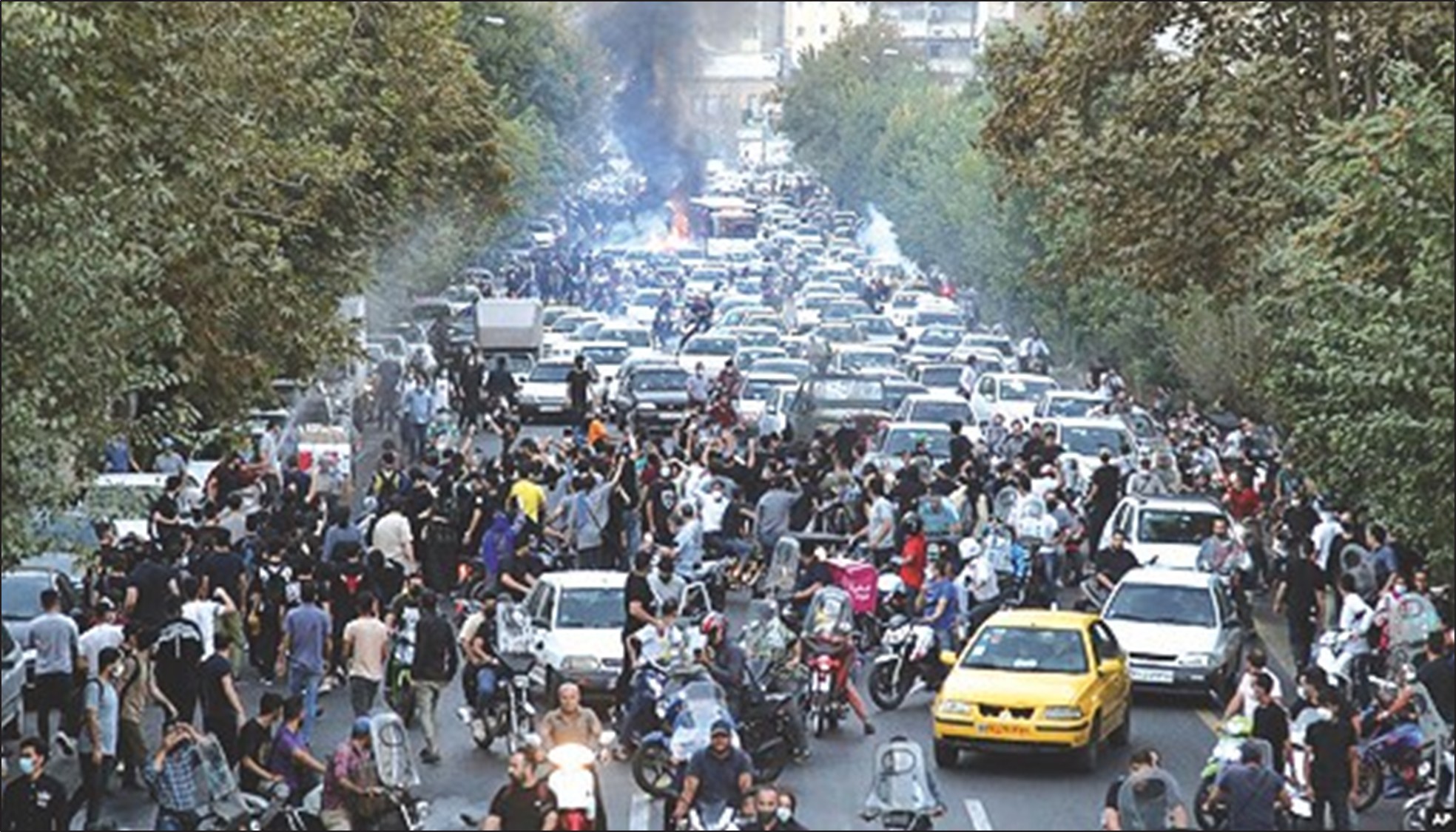By Emanuele Ottolenghi
If it is implemented, the preliminary framework for a deal over Iran’s nuclear programme, agreed on last week in Lausanne, will be a great victory for the Islamic Republic and its aspirations.
The deal falls short of all the red lines that Western governments proclaimed over the years as the non-negotiable minimum required to interdict Iran’s multiple paths to a nuclear bomb.
The deal concedes Iran’s right to enrich uranium. Such recognition – which Iran implicitly extracted already in the interim deal of November 2013 – runs against the longstanding US interpretation of the Non-Proliferation Treaty (NPT). The US always stood by its view that, provided they were in compliance of treaty obligations, NPT members were entitled to peaceful nuclear energy, not necessarily enrichment – a key component of bomb-making but not an essential element in nuclear energy production. Most countries with nuclear power plants, including Iran, generate electricity from nuclear fuel supplied by a handful of producers. The US concession is a victory for Iran and creates a dangerous precedent for other countries aspiring to a nuclear programme of their own.
The second red line concerns the right of Iran to retain an industrial-sized nuclear programme. Prior to the deal, it was repeatedly stated over the years that Iran’s key facilities of Fordow, an underground uranium enrichment plant; and Arak, a heavy-water reactor suitable for plutonium production, would have to be shut down.
When President Barack Obama exposed the Fordow facility in 2009, he forcefully argued that “the size and configuration of this facility is inconsistent with a peaceful programme”. Defending the interim deal in December 2013 at a policy conference in Washington DC, Mr Obama said: “Now, in terms of specifics, we know that they don’t need to have an underground, fortified facility like Fordow in order to have a peaceful nuclear programme. They certainly don’t need a heavy-water reactor at Arak in order to have a peaceful nuclear programme.”
Less than two years later, Mr Obama has reversed himself. The announced deal merely seeks a temporary reconfiguration and downsizing of the two facilities. As for R&D, Iran will be able to resume it after the deal expires.
The third red line involves verification. Iran has lied about its nuclear programme for three decades. It has been caught cheating, repeatedly. It has stalled efforts by the international community to enforce its obligations under the NPT. Such a track record warrants a lengthy and intrusive enforcement and verification mechanism. The announced deal merely obligates Iran to provisionally implement a verification regime its government ratified 11 years ago but never implemented. If what’s past is prologue, Iranian obfuscation is likely to continue.
The fourth red line involves the so-called ‘Possible Military Dimensions’ of Iran’s programme. All Western governments negotiating with Iran insist they have overwhelming evidence that Iran was seeking nuclear weapons. Yet Iran is no longer expected to clarify the nature of its past activities until well past the agreement. Knowing what Iran did in the past is critical in order to verify its future compliance with the NPT. This agreement falls well short of that.
Given these premises, is it any wonder that every country in the region that sees Iran as a rival, a threat, or both, is considering its own nuclear programme? That will be this deal’s likely legacy – a cascade of nuclear proliferation in the Middle East.
Emanuele Ottolenghi is a Senior Fellow at the Foundation for Defense of Democracies.





















